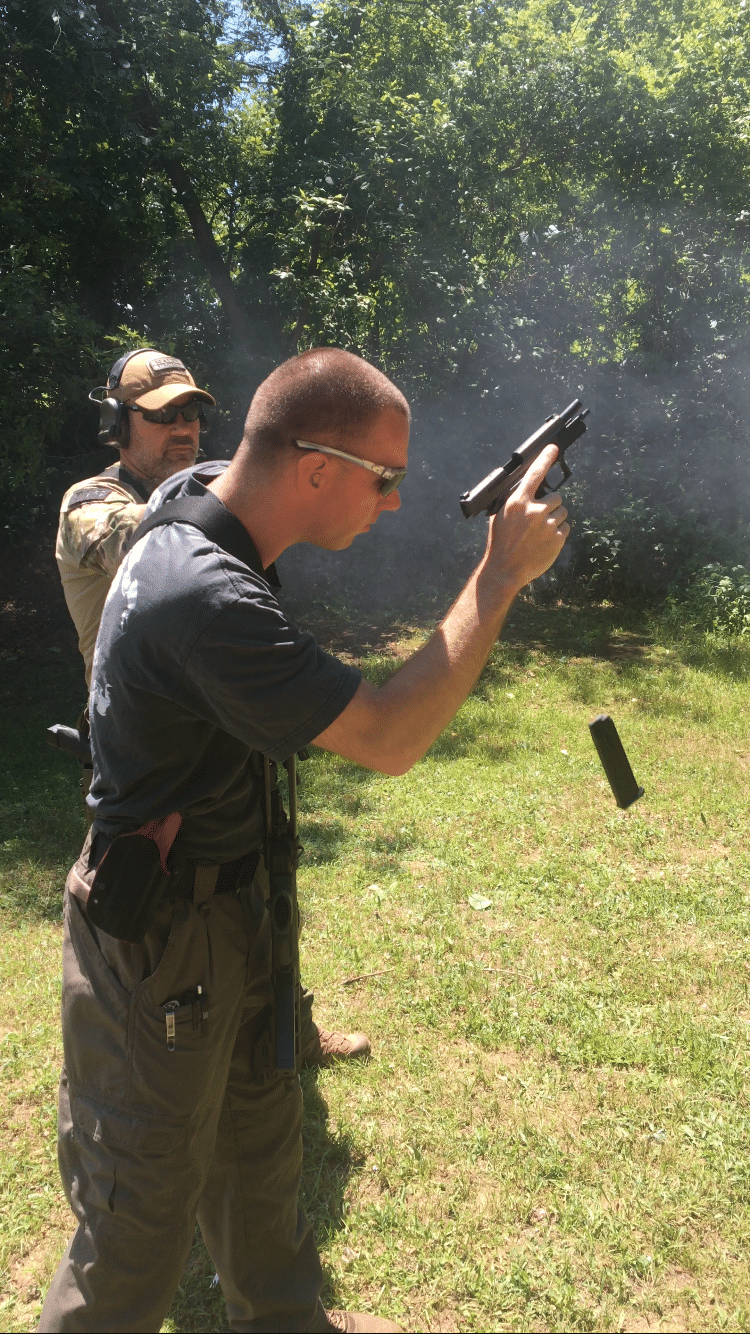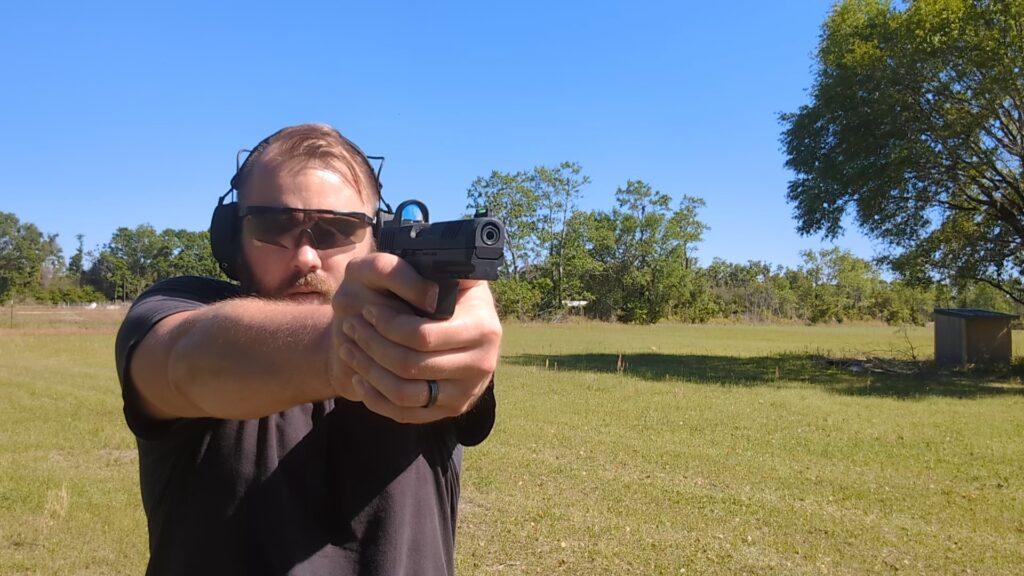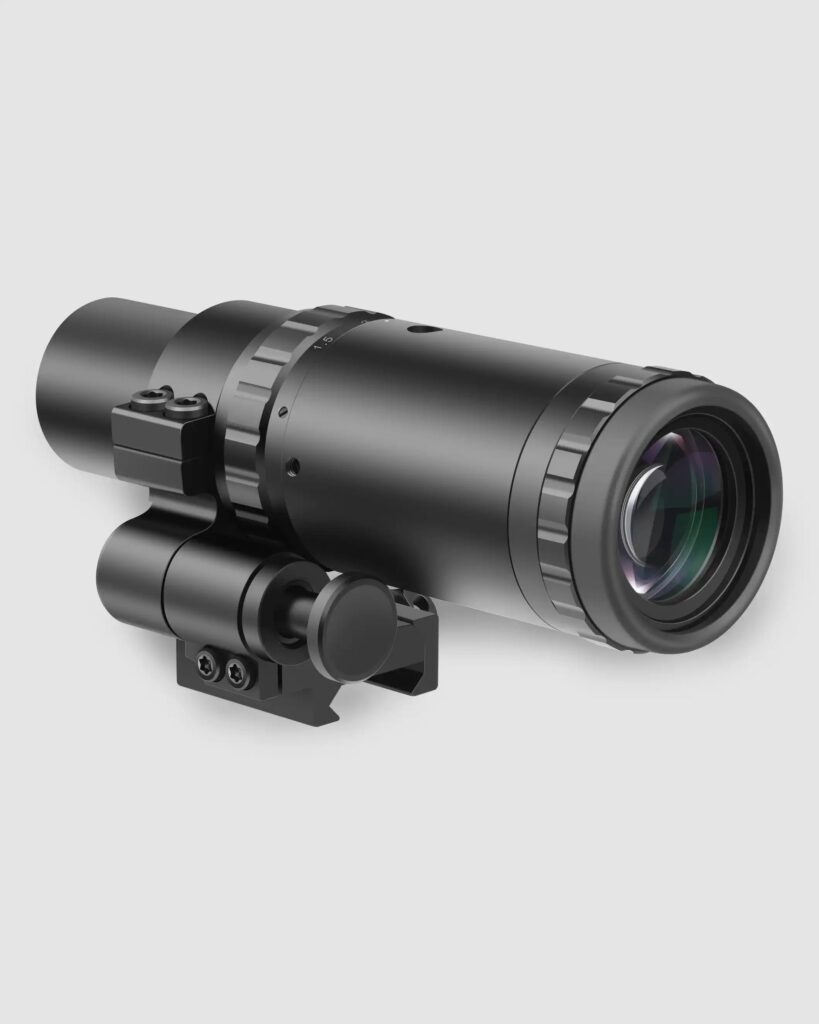From 248Shooter.com
Training and skills maintenance is a subject that we shortchange ourselves on when it comes to where our time, our effort, and our resources are spent. It’s understandable in many respects since basic skills maintenance isn’t anything new. It’s not a new rifle in the case or safe. It isn’t a new sidearm riding in a holster. It’s not a new optic with legendary level glass clarity or electronics efficiency. It isn’t even a new skills development course from a professional source.
Skills maintenance isn’t gratifying the way a new purchase is and because of that difference in our gratification response its very easy for us to put practicing off. Factoring the difference in gratification response in with the already fully scheduled life of your average adult and the time we want to spend on skills maintenance drops even further.
Advertisement — Continue Reading Below
Making time to practice is something we must do but understanding what to practice and where our skill development stands, objectively speaking, can be difficult to evaluate outside of a course. Do I shoot the same few drills I did in my State CPL class? Do I try something I saw online? What targets should I be using? What distances should I shoot at? Am I maintaining and progressing ?
How do you assess? Equally important when you’re trying to be efficient as well as proficient, how much time, effort, ammunition, and other resources will this take?
Our training goal is to assess and improve our shooting engagement speed and accuracy in a timely and practical manner. That doesn’t have a magic number of rounds, its going to take however many shots it takes. Being efficient with each round and using each shot as an assessment tool will cut the number down drastically though.
Advertisement — Continue Reading Below
The following combination assessment training in its entirety takes 100 rounds of ammunition, two targets (specified), a holster, a spare magazine or speed loader, a range indoor or outdoor where you can fire at distances between 3 and 15 yards (9-45 feet), a shot timer or timer phone application, and proper range PPE eyes and ears. It can be completed comfortably within 30 minutes.
This is a short and easily fulfilled requirement set. If you can’t find a spot to meet them you aren’t looking and if you can’t acquire the gear you aren’t trying.
Part 1:Dot Torture
For candid accuracy assessment I like to use Dot Torture. Developed by David Blinder, I originally found this drill at https://pistol-training.com/drills/dot-torture you can print your targets right from the webpage
Advertisement — Continue Reading Below

This is a 50 round, 50 point accuracy assessment using basic pistol manipulation. The directions for the entire drill are on the printed target, as are boxes for Date, Score, and Distance to document the assessment.
Remember kids the difference between screwing around and science is writing it down.
Advertisement — Continue Reading Below
Select your target based on your firearm type. I use the TDA Dot Torture target above because I carry a Sig P226. The P226 is a TDA or Traditional Double Action, also known as a DA/SA, Double Action / Single Action. Use this target if you have a gun that transitions from double to single action after the first shot.
If I’m training with my Glock 19 I use the standard Dot Torture target. Use this target for all firearms with a single trigger pull weight to include DAO Double Action Only semi-autos, DAK Double Action Shorts, Double Action Revolvers, Single Action Only semi-autos like the 1911, and Striker Fired guns like the Glock, M&P, and Sig P320.

Advertisement — Continue Reading Below
To be completed correctly use your gun’s default trigger. No thumb cocking the hammer, Revolver and TDA shooters, fire double action… this is to realistically assess your skills placement on your firearm, cheating this only cheats you.
Shoot from 3 yards (9 feet). The directions for each circle target or pair are below the target circle. Shoot from 1-10 following the directions. Score each circle or pair of circles on completion for objective assessment, breaking the circles edge counts as a hit. Each circle or pair are engaged drawing from your holster Total your hits per circle and compare to the 50 shots fired. Only count hits that were deliberately fired at that circle, a shot at 1 that hit 3 is not a bonus point for 3.
Dot Torture is excellent for detail work on accuracy, its hard to cheat small targets and it is unforgiving of errors in shooting grip or trigger press. Knowing that you are throwing a round high, low, left, or right of the target while not under a serious time constraint can help you diagnose and correct small errors and the fact that many of the drills fire multiple rounds will help assess whether or not you shift or adjust your grip while firing, also called milking your grip.
Advertisement — Continue Reading Below
Take notes, notate your low score drills and the type of misses. Address them, implement fixes and adjustments and reshoot those drills as you get time to achieve better results, but complete this full assessment first.
Dot Torture is designed to be fired and graded cold bore. No warm ups, no practice runs, no dry fire, this is your opening sequence. Use your noted weak drills to focus your continued practice for later. If you’re scoring in the 40’s consider increasing the distance 1 yard (3 feet). If you score 50 increase the distance next assessment and don’t revert back, keep pushing. You should strive to push this drill out to 10 yards (30 feet), but make sure your scoring well enough to push the distance. These drills are designed to meticulously develop your shooting basics on an ammo conscious basis.
While you can add a time component as a stress factor do not worry about that until you’ve added distance. Dot Torture is an accuracy builder. Once you can score well at distance you can vary the routine and add a time limit at short distance, then build it up deliberately.
Advertisement — Continue Reading Below
Shooting beyond your current skill set for anything but enjoyment are rounds wasted.
Part 2: FBI Q Course (Modified)

Advertisement — Continue Reading Below
The FBI Firearms Qualification Course, or Q Course is a 60 round examination used as the minimum acceptable standard for Special Agents to carry a firearm in the field. It is not difficult and as such can be used by individual shooters as a good indicator of basic skill level and identify weaknesses in skill sets for improvement.
We’re going to cover a modified version of the Q course that drops the last 10 rounds and the cover/concealment exercise. That portion of the evaluation adds very little value for the shooter and makes the equipment requirement and range requirements much more arduous. Plus it throws off my 100 round count.
The Q course brings a timing event into the equation and is shot at a QIT-99 target (above). You can easily substitute an IPSC/IDPA/USPSA silhouette and use the A/B/C or -0/-1 zones as your scoring area. Set up your shot timer or timer app for par time (2 beeps, start and time complete) this will allow you to score any slow shots as misses. Use a holster and concealment (best testing will conducted be with your EDC set up).

Your minimum passing score will be 40/50 but you should be looking to shoot this cleanly. Remember you’re on the clock but don’t rush your shots, only hits count. The time requirements are generous and meant as both a minor stress induction and a baseline to prevent moving excessively slow which is dangerous in its own right. Fighting is fast and violent and the faster you can become effectively violent the better off you will be if/when that need arises.
Starting at 3 yards. You will need 12 rounds total.
- Draw and fire 3 shots with your strong hand only. Time limit 3 seconds
- Repeat 1.
- Draw and fire 3 shots strong hand only. Switch hands and fire 3 rounds support hand only. Time limit 8 seconds
Move to 5 yards. You will need 12 rounds total. Two handed shooting on all drills from this point forward.
- Draw and fire 3 rounds. Time limit 3 seconds. 4 repetitions total.
Move to 7 yards. You will need 16 total rounds. You will need a second magazine/loader.
- Draw and fire 4 rounds. Time limit 4 seconds.
- Repeat 1.
- Draw and fire 4 rounds. Gun runs empty, reload. Fire 4 rounds. Time limit 8 seconds.
Move to 15 yards. You will need 10 rounds total.
- Draw and fire 3 rounds. Time limit 6 seconds.
- Repeat 1.
- Draw and fire 4 rounds. Time limit 8 seconds.
Course complete. Again, minimum 80% (40/50) to pass. Use any low scored drills to identify skill deficiencies for more work. If you shot the Q course clean look at the drills you were closest to the time limits on and work to make those quicker. You can add additional difficulty by adding more reloads or combining steps to work on sustained fire.

Make every round count, especially when you’re time and resource limited. Above is just one method to do so. There are many.















